Ducks differ in their needs from backyard chickens, and it can be straightforward to create a DIY duck house with some readily available, basic materials. When starting your flock, making your own duck house instead of purchasing an overpriced product from a retail store, can save you time and money.
If you want to add waterfowl to your current flock, they will require adequate living space to protect them from predators and extreme weather conditions. However, if your existing barn or chicken coop is not ideal for ducks and would be too difficult to modify, it is easy to find simple DIY duck house plans and get started right away.
Important Details to Consider When Building a Duck House
Before you rush out and select a duck house DIY plan, you should consider some important details. With careful planning, you will end up creating a structure to suit your birds and fit into your outdoor living space.
As mentioned, ducks will have different needs than chickens, so using a DIY duck house can be the best solution to ensure all of your birds are healthy, happy, and protected.
Duck House Height and Size
Ducks do not roost like chickens do when they retire for the evening. Instead, they are content lying on the floor in warm, dry bedding. Because of this behavior, you do not have to create a tall DIY duck house containing various levels.
How large their entrance door is will depend on the type of duck you own. The door should be wide enough for two ducks to fit through at once since they often will not wait their turn and like to push and shove.
These birds can be quite clumsy since their bodies are heavy, and their webbed feet are often wet and slippery. Therefore, the structure should not be far off the ground, making it easy to go in and out. If there is a height difference between the ground and the opening, you will want to include a wide ramp.
Domestic waterfowl require at least 4 square feet of space per bird to ensure they are comfortable even at a mature size. Before you begin constructing their new home, you must determine the number of ducks you want to shelter. If the duck house does not have enough space for the number of birds you own, problems can occur.
Types of Materials to Use
For a simple DIY duck house, you can use various materials, including plywood, two-by-four lumber, vinyl flooring, and welded wire.
You will want a sturdy wood or cement floor to keep any predators from getting into the duck house and using your pets as their next meal.
Since ducks are messy eaters and drinkers, there will be water and wet feet everywhere. Installing an inexpensive, vinyl flooring material will keep the wood from rotting due to excessive moisture. You can also use flooring tiles (or a tarp that will lie over the bottom) which you can remove for easy cleaning later.
Installing sticky vinyl tiles along the walls approximately a foot above the floor will help with cleanup since these waterfowl are notorious for splashing and throwing water and mud around.
Using traction strips or a mat can be a terrific addition to their entrance ramp to ensure your ducks have secure footing as they travel up and down. Again, duck feet can be wet or muddy, and you do not want them to slip and fall off the ramp as they go into the duck house.
Duck House Type and Purpose
When choosing the best DIY duck house, deciding on the type and purpose should be your first step. Many of these structures will vary in size and where they will fit in your yard. There are several types of duck houses you will find.
- Completely predator-proof styles to lock up your ducks at night
- Protective homes enclosed inside a predator-proof pen
- Floating duck houses for ponds or lakes
- Plans that reuse old building materials
- Houses that add onto existing runs or enclosed yards
- Portable duck houses to move around your yard
Other Considerations
When finding your duck house DIY plan, ventilation is a critical factor for waterfowl. Ducks can get wet, track in water and mud, and even their breath is moist. Proper ventilation will ensure that the environment will remain dry and comfortable.
Some pet owners will remove the ducks’ food and water dishes in the evening. They do not need it during this time anyhow, and if it is there, there is a good possibility they will make a mess. Ensure the coop plans have easy access to the inside to remove dishes whenever you wish and for proper cleaning.
Ducks do not need nesting boxes as chickens do, so many duck house DIY plans will not include it. If you prefer to supply them with an area in the house for a nest, ensure there is still enough space for all your feathered friends.
Related Post: 10 Considerations for Your Backyard Duck Coop
Free Duck House Plans to Consider
Let’s look at 19 of the best DIY duck house ideas we found.
4-by-4 Standard Duck House From My Outdoor Plans
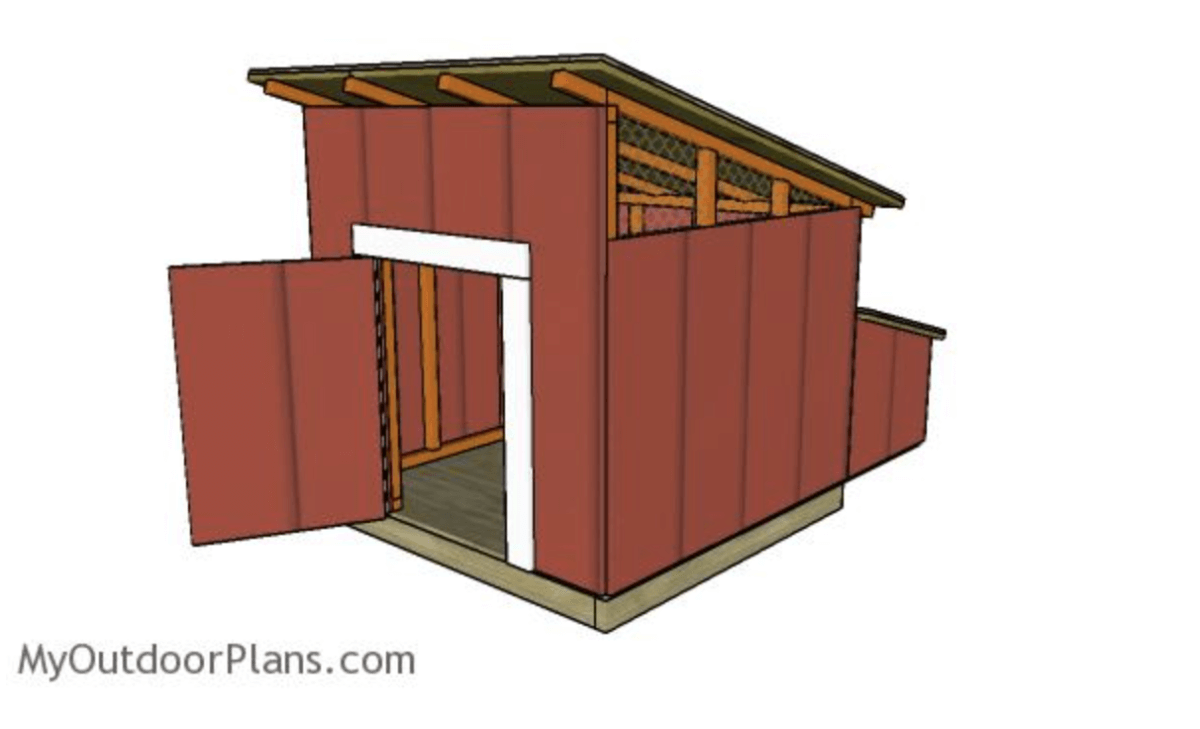
This standard DIY duck house plan will not take long to complete. It is a nice size to house several ducks but is not too large for anyone with a smaller space.
DIY 6-by-8 Duck Hotel
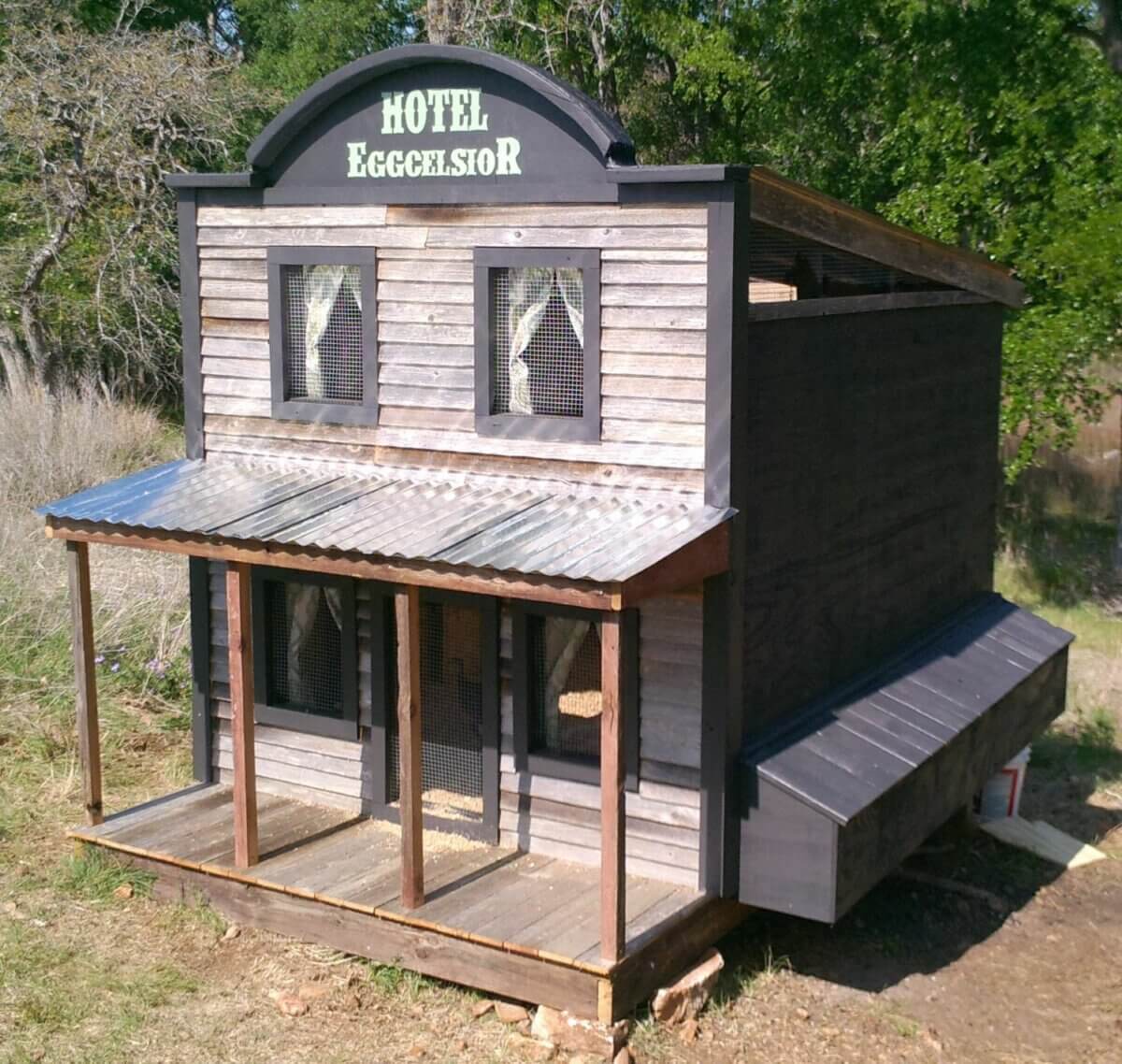
This hotel plan is a unique choice for duck owners looking for a personality for their DIY wood duck house. This structure has ample space for several birds and can be easily modified from a chicken coop to a duck house by removing the roosting bars and the additional nesting boxes.
3-by-4 A-Frame Duck House
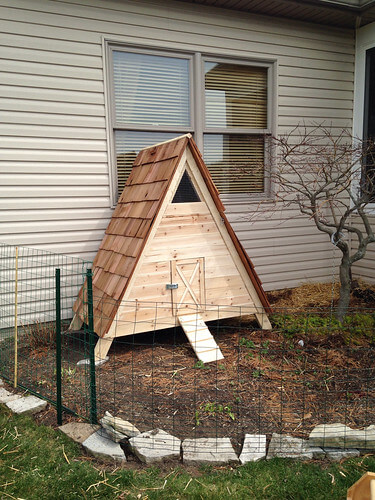
This A-frame structure is simple to construct and will give your ducks ample space to curl up for the night. In addition, the compact design makes it easy to customize your ducks’ home with wood or asphalt shingles, exterior paint colors, and personal touches, like shutters.
4-Foot Cable Spool Duck House
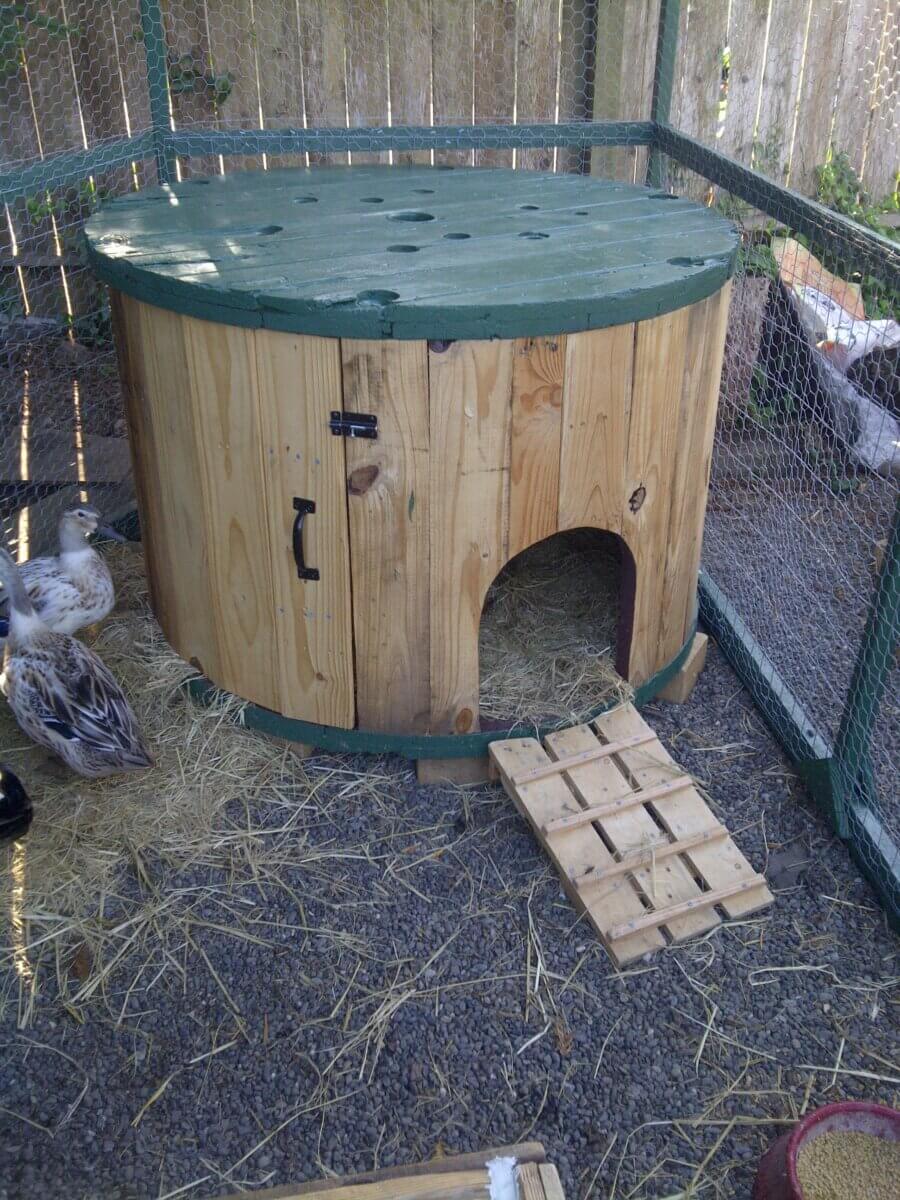
These DIY duck house plans use 4-foot wooden spools. By placing this house into a predator-proof pen and duck run, you will not have to worry about adding a door to keep your ducks safe.
2-by-6 Portable Quaker Box Duck House
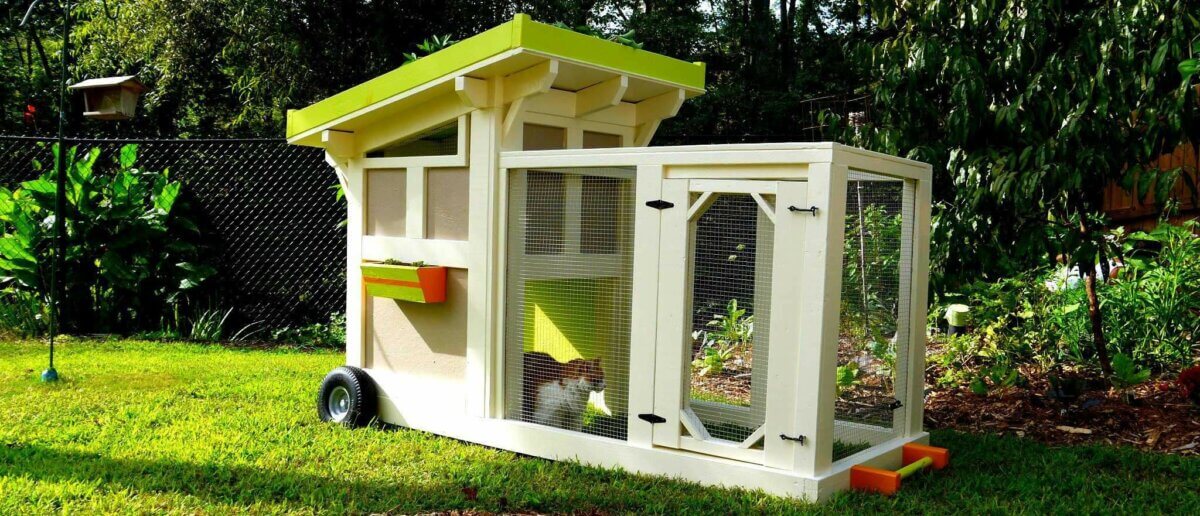
This 2- by 6-foot Quaker box duck house has wheels and a handle to quickly relocate your ducks to another section of the yard. Move it daily to cut down on cleanup and keep your insects and pests at bay.
Upcycled DIY Duck House Plan
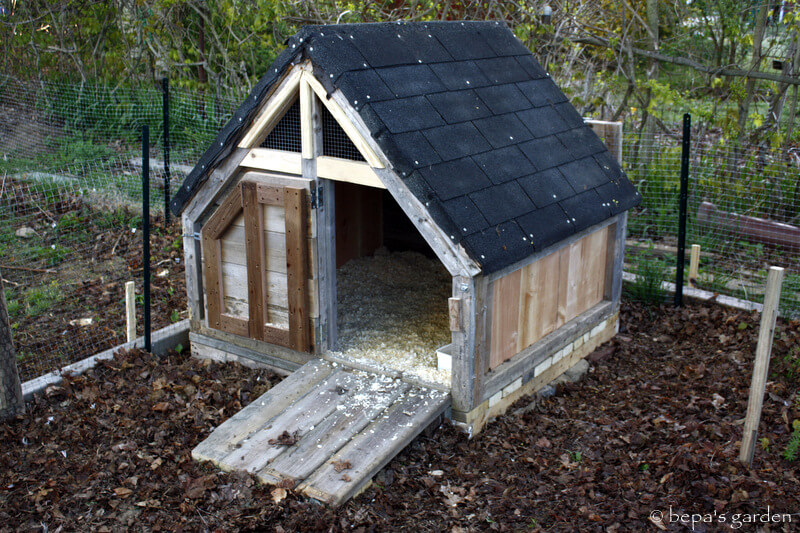
If you have spare building materials around your shop or yard, your structure can be as large or small as you wish, depending on the materials. Keep waste out of the landfill and reuse old building materials to create a perfect home for your waterfowl.
Pallet Duck House and Run
With some pallet wood and a few extra supplies, including some roofing material, predator-proof welded wire, and latches, you can have a complete house and run finished in just an afternoon.
Spacious Duck House and Pen
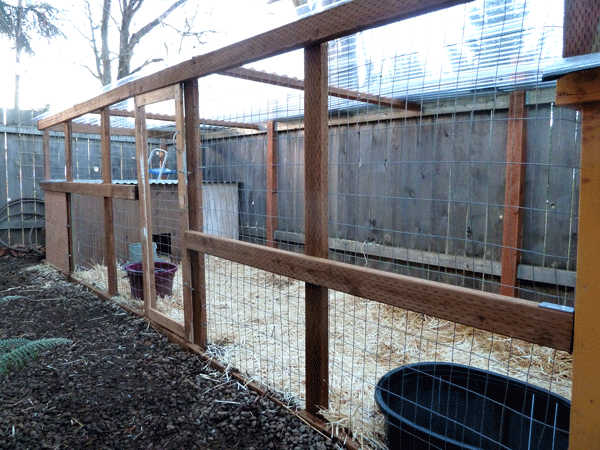
The setup gives several ducks 4 square feet of space each, along with room to roam outside. The roofing material will keep their house dry and warm, as well as protect them from predators.
4-by-4 Square DIY Wooden Duck House
These plans are simple to follow and will have your ducks in new living quarters in only one day. This 4- by 4-foot structure will house up to 16 ducks without problems. Choosing DIY duck house plans larger than you need will allow your flock to grow in the future.
Recycled Wooden Packing Crate Duck House
Packing crates are sturdy, and you can modify them easily to add charm and personality with only a few additional materials. Remember to add ventilation holes and waterproof roofing material to ensure the new home will last for years.
DIY Wood Pallet Duck House
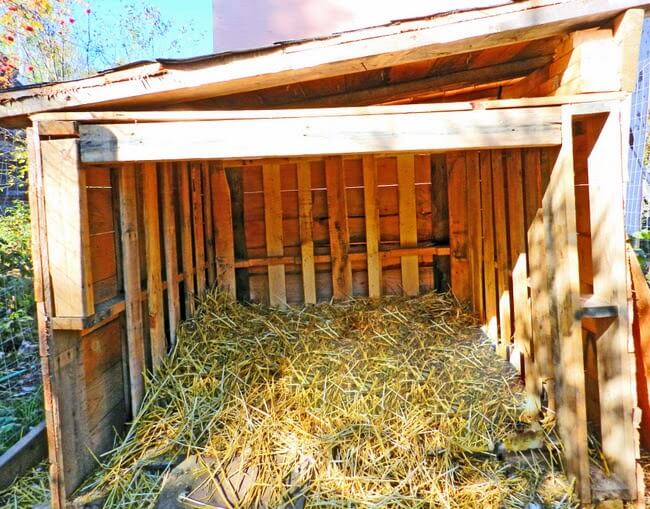
You can purchase pallets from companies, but many businesses will give them away to anyone willing to take them. With some imagination, you can turn leftover pallets into a terrific duck house that will provide shelter from the elements and predators.
Rustic Duck House
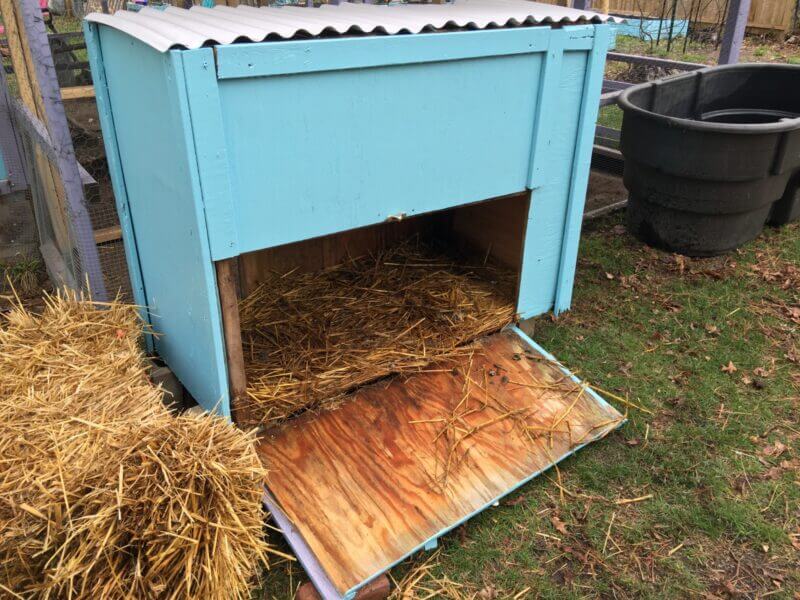
If you want to add ducks to your existing flock of chickens, this rustic duck house is the perfect solution. Using scrap wood and leftover building supplies, you can construct a suitable habitat for your waterfowl while still keeping their wet messes away from your chickens.
Simple 4-by-4 Cottage Duck House
These DIY plans make constructing your next duck house easy. It contains a removable floor layer for easy cleaning and a food cupboard to help secure it from predators.
Floating DIY Duck House
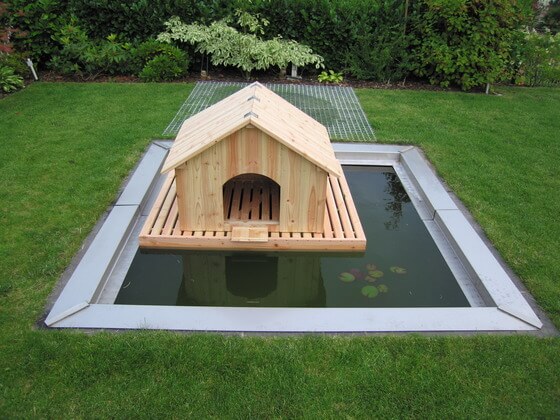
If you want to spoil your pet ducks and have a large body of water they can access, this floating duck house is perfect. The plans do not require complex supplies or tools and add charm to any garden pond or duck pool.
Convert a Chicken Coop Into a Duck House
If you have a small chicken coop that you do not use anymore, you can easily convert it for ducks. All you need to do is widen the door opening, install a small ramp, add extra ventilation, and remove any roosting bars or nesting boxes.
Tiny Waterfront Pallet Oasis
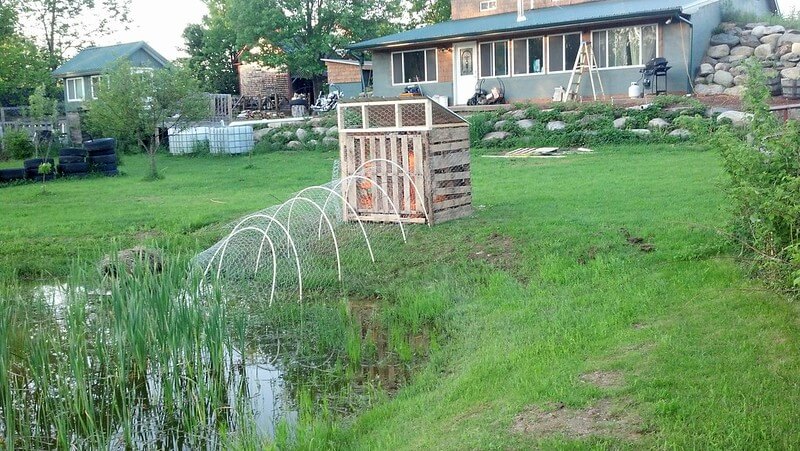
If your ducks are lucky enough to have a pond, this tiny waterfront pallet oasis is ideal. You can create it in no time and have your birds resting comfortably after a day of swimming.
Convert an Old Dog House for Your Ducks
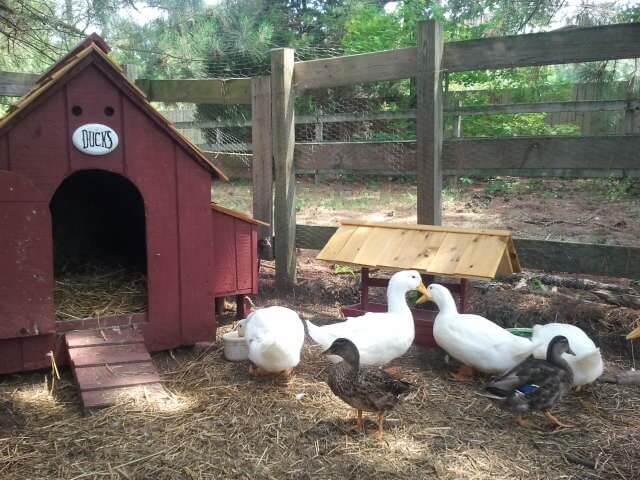
An old dog house can be the perfect house to protect your ducks from predators. Add some ventilation for proper airflow and ensure that it sits within a predator-proof enclosure, and you and your birds will be happy.
Simple Barnyard Duck House
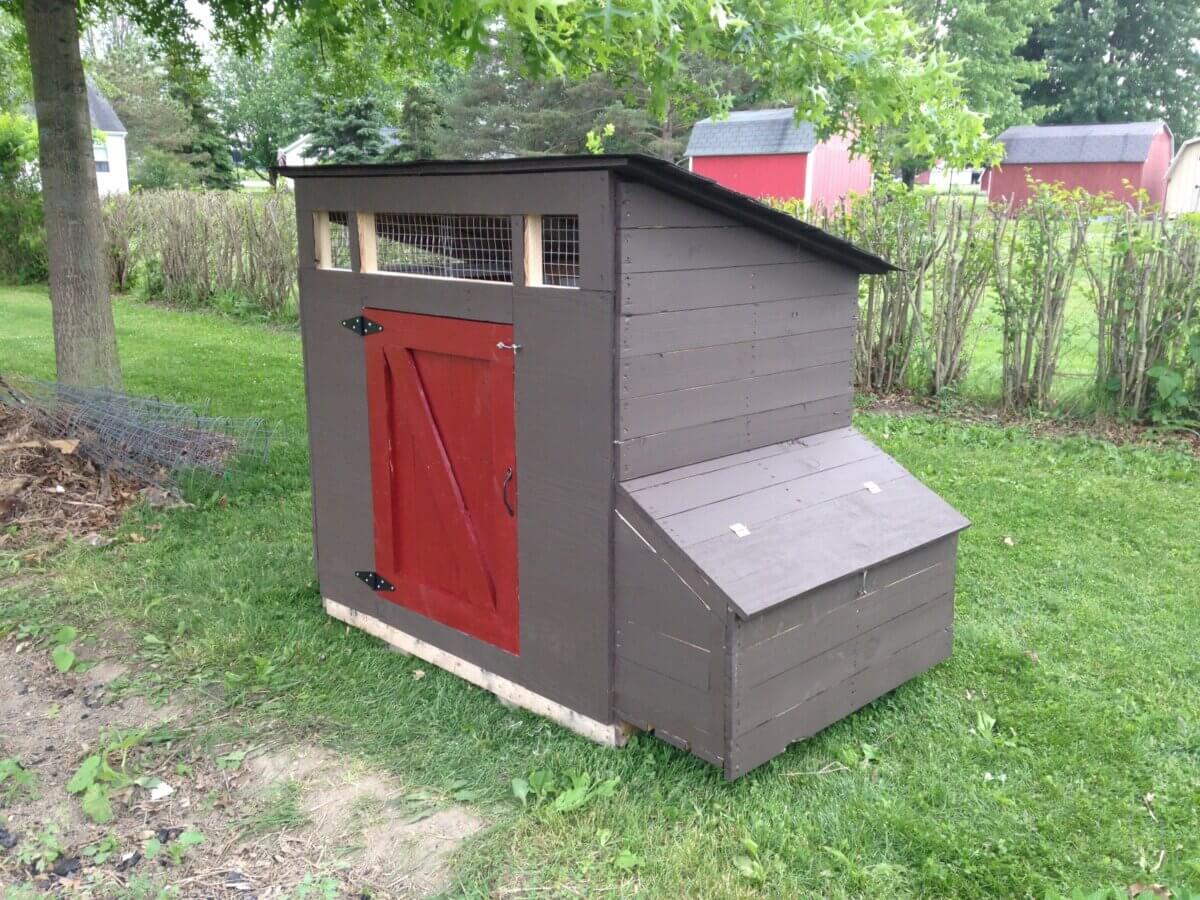
Anyone who can use hand tools can make this simple barnyard duck house for their birds. Added touches include nonslip mats and a small pool to splash in while staying safe from predators.
Accessible Slanted Roof Duck House
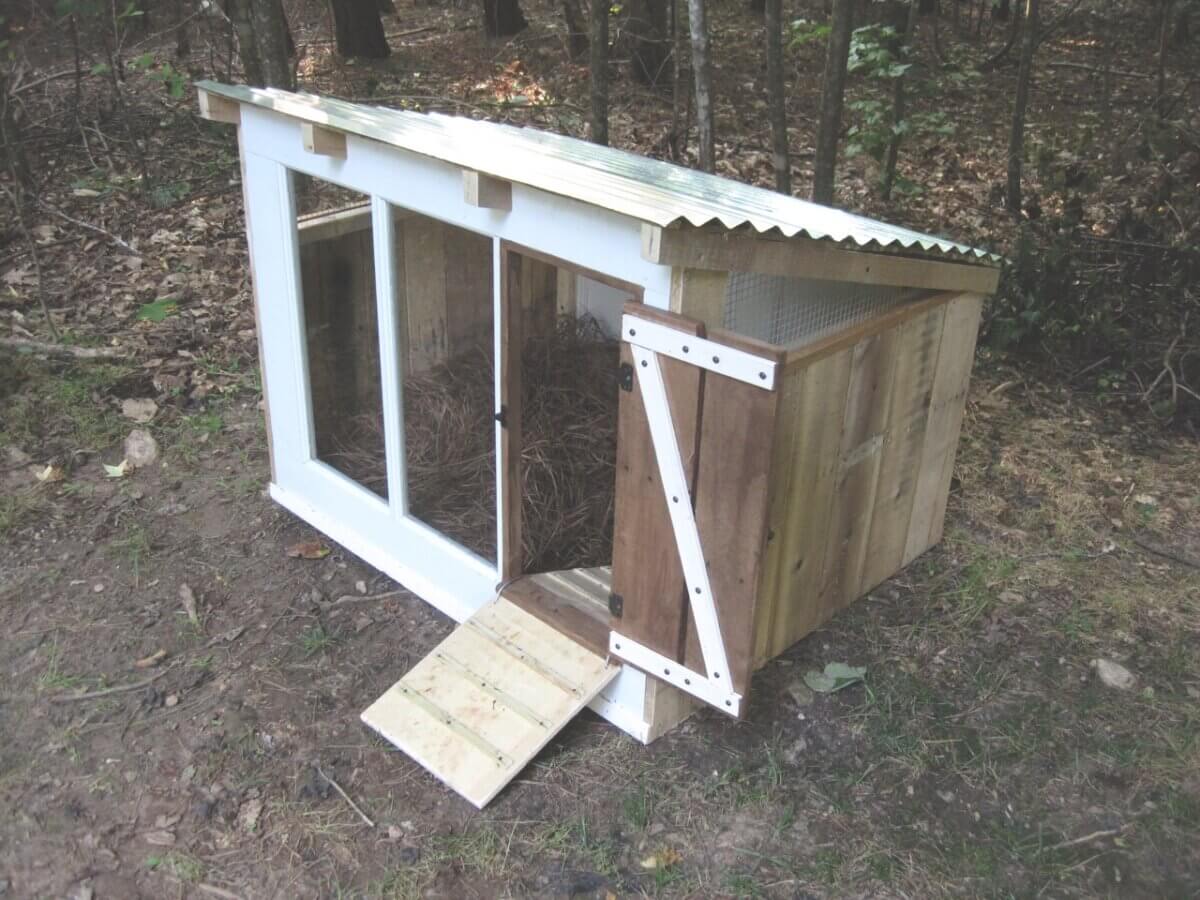
This DIY duck house uses a slanted roof to ensure water runs off instead of inside. The top also lifts for easy cleaning and to retrieve eggs.







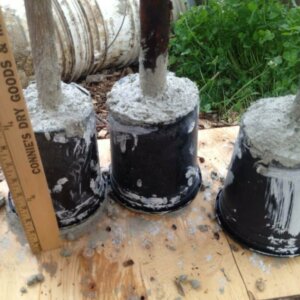
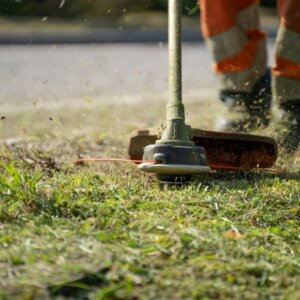
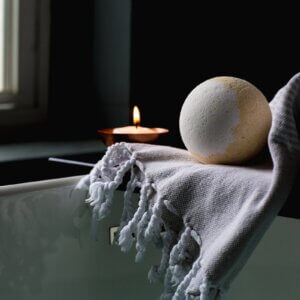



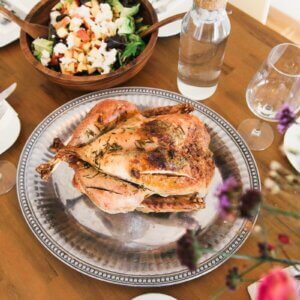



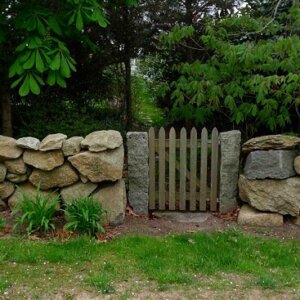


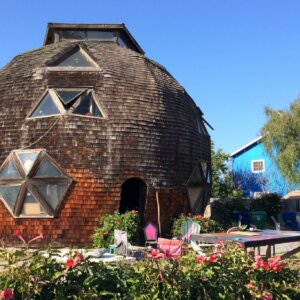


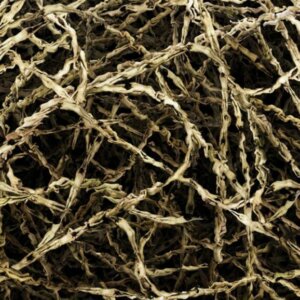



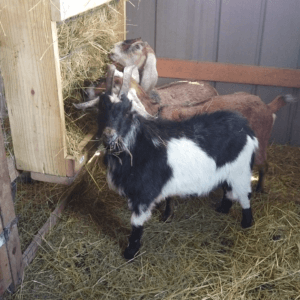











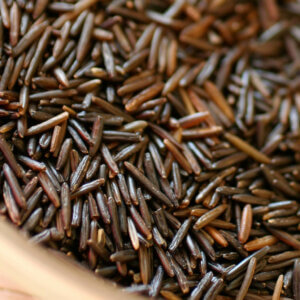
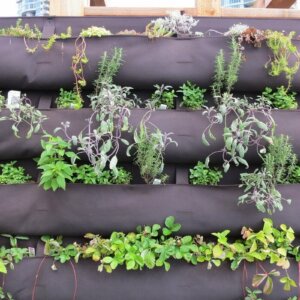

Hello. I have a Rouen that has a broken leg (his femur). He hobbles but can’t really walk well. With the fox, raccoons and snapping turtles here, he is extremely vulnerable so he has been caged – swapping between an outdoor pen with a baby swimming pool during the day and a crate in the evenings. Before the break, he roamed freely and had access to a small lake.
Do you have any recommendations on how to care for the broken leg? I have taken him to 2 duck vets and called numerous rehab and/or wildlife agencies and none can help. It was splinted for a week but it didn’t help. Feeling desperate. Thank you.